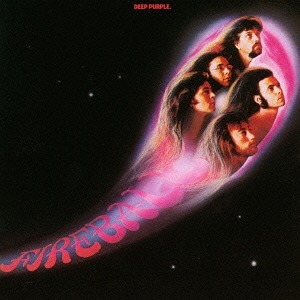
We continue our look at the music of 50 years ago…..

Every rock musician got into the game for various reasons. Some liked the rush of being on stage. Some were looking for fame and fortune. Some just thought they could do better with the ladies with a guitar in their hands. But all heard something in their heads that they had to get out. And for each and every artist there were many steps to get where they wanted to be. Consider the album “Fireball” from Deep Purple one of those steps. Released in 1971 and considered by many to be a transition album considering what happened the next year, Fireball did get to #1 in the UK and in a few other European countries. It outperformed it’s predecessor “Deep Purple In Rock” in the US as well getting to #32 on the charts.
But guitarist Ritchie Blackmore didn’t particularly like it saying the writing and recording were rushed in between tours. Vocalist Ian Gillen liked it though saying some of the tracks “are really inventive”.
One thing that stands out for me from the record is the production and engineering, which brings all of the instruments up in the mix. You can clearly hear Blackmore’s guitar of course, and Jon Lord’s keyboards (including his fantastic work with the Hammond organ), but the bass of Roger Glover and the drumming of Ian Paice don’t get buried either. The drumming of Paice is a revelation. (check out the title track that begins the LP). If he doesn’t get mentioned in the pantheon of great, hard rock drummers, he should.
Stand out tunes include the title track, “No No No”, “Demon’s Eye” (on the original English release) and “Strange Kind of Woman” (on The US release). The one piece of weirdness on the record is “Anyone’s Daughter”. I’m not quite sure what they were trying for there but it doesn’t work.
This classic lineup would hit the top the next year with the release of two seminal LPs, ‘Machine Head” and the live classic “Made In Japan”. Consider this another step on the journey to get there.





Comments